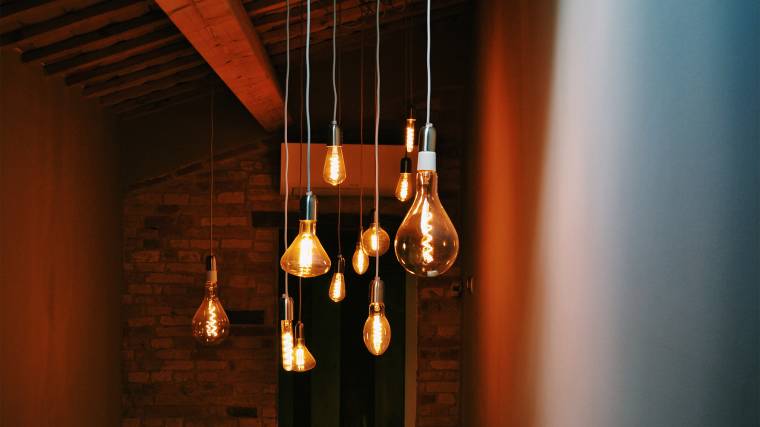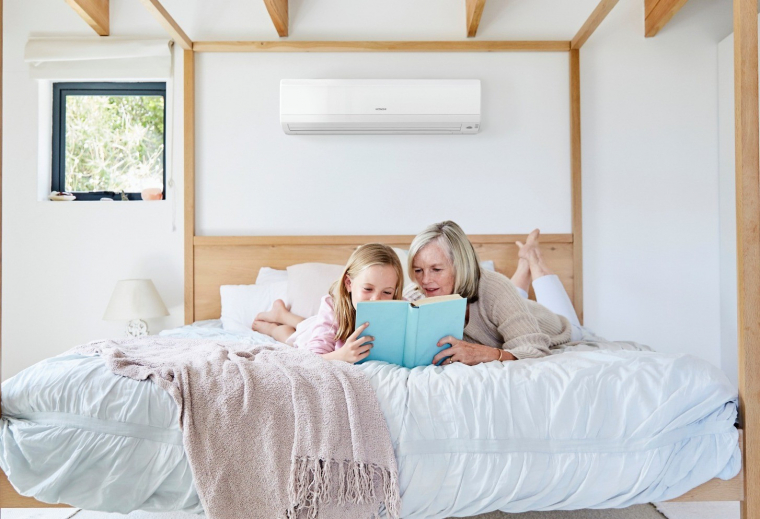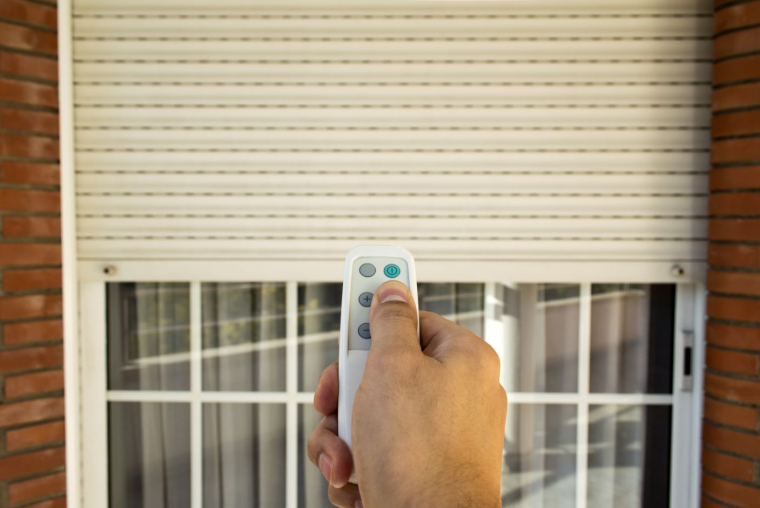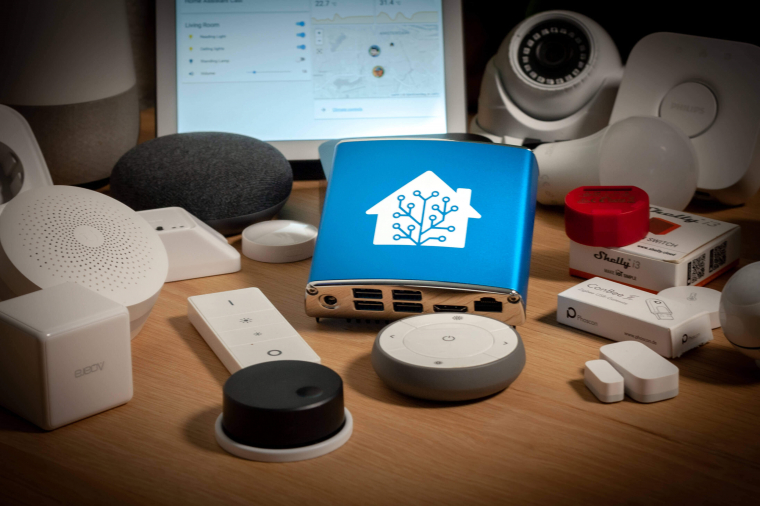Most people choose smart home systems based on convenience considerations, even though you can save a lot. Here are some useful tips for this.
In most people’s minds, the smart home is still a futuristic miracle, but you don’t necessarily have to think in terms of a complete system that covers the entire apartment if you want to start down this path: you can even start with a few smart sockets and Wi-Fi burners! Of course, the end will be that you want to integrate everything – this world sucks very quickly, and once the machine belt is caught, it only depends on your money and time, and of course your creativity, what kind of solutions you come up with. A smart home can make your life easier in several ways: one of the big advantages of these systems is that they can make everyday life more comfortable, but at least as important is the fact that if you set up smart routines, you can also save your wallet.
Start smart!
If you want to try out the advantages of the smart home system, it is most practical to start experimenting with a smart socket or smart lighting. These devices can be needed in practically every household, and in addition, they are two product categories that include a lot of cheap devices, so even with a small investment you can get a taste of what services a smart home system can provide. However, before you jump headlong into this, you should think a little about what your long-term goals are. Because there are many standards, and the products of the manufacturers are often incompatible with each other. For communication, for example, products can use Wi-Fi, Zigbee or Z-Wave standards or even a Bluetooth connection (in fact, more recently even Matter, but we think it is worth neglecting this for the time being, because it is very far from fulfilling the attached hopes). It is of course basic that products using different communication standards cannot be directly integrated into a system, but unfortunately the situation is that there is a lot of uncertainty even within the same category. For example, the majority of Wi-Fi products work via the cloud, so typically only devices from the same manufacturer communicate with each other, while the Zigbee and Z-Wave standards promise general compatibility in vain, but it depends on the manufacturers what works and what doesn’t.
Signify’s Philips Hue central unit, for example, despite the fact that it uses a Zigbee system, is mostly only compatible with other manufacturers’ products if it pretends to be a light (it can also be a smart switch, for example). Of course, it is possible to make different systems cooperate, but in this case you need an umbrella system that brings all other smart home systems together – and this is the battleground of the professionals.
Save where you can!
It is no coincidence that we recommended sockets and burners as a start, as these two product categories come in handy in every household. Even the old floor lamp can be made smarter with a socket, and the burners – depending on the type – provide comfort and energy-saving operation at the same time. There are three categories of burners: the basic solution is the products with adjustable brightness, and the types that can also adjust the color temperature of the white light represent a level one higher than these. The peak – by definition – is represented by the RGB wonders, although their prices are often horrendous. Fortunately, you usually don’t need too many of them, because they mostly don’t provide functional light, but only mood light. LED burners are by their very nature energy-saving, although this fact alone justifies the replacement in the rarest of cases, since classic burners are extinct, and the replacement of compact fluorescent lamps means only minimal savings. From a comfort point of view, however, it is clearly worth switching, and if the financial framework allows, it is advisable to choose white burners with variable color temperature for most places. Namely because changing the color of the light can help you concentrate (=cold light) or even create a calm atmosphere (=warm light).

In the case of smart sockets, the only important difference between the types is that the given model is only capable of switching or measuring the consumption of the electrical device connected to it. Even if you don’t need a consumption meter version everywhere, it is definitely recommended to get at least a couple of such versions, simply because this way you can measure the appetite of every consumer in the apartment. You can check, for example, which program on the dishwasher consumes the least amount of energy, or even how much is the “tech basic consumption”, i.e. how much energy are required by the devices that you keep switched on all the time (typically this is the modem and the router, as well as the NAS ). Paranoid people can also look at the standby consumption of TVs and other devices, although for products purchased in the last ten years, this value cannot be more than 1 Watt.
Heating
In the case of an average apartment, heating in winter and cooling in summer require the most energy, but the electric boiler is also a big consumer. That is why the most savings can be made by optimizing the operation of the systems that perform these tasks. And for this, a well-configured smart home can provide very useful help – and here temperature-dependent control is only the tip of the iceberg.

You can start making your heating system smarter, even in a very small way, if you replace the existing thermostat with a student one. These devices provide a more comfortable feeling even without separate controls by minimizing temperature fluctuations – and by the way, they also reduce consumption. The second step is a smart thermostat that you can integrate into a complete system and even control remotely. The truly professional solution is the smart radiator valves, which open or close depending on the set temperature in each room, thus creating a more comfortable living space. The central thermostat only measures the temperature of the apartment at one point, so the operation of the heating system is affected by where you place it. With smart radiator valves, on the other hand, you can even set a completely unique temperature in every room if you want. Depending on the system, it is of course also possible to lower the temperature during the day, and you can even adjust the operation of the radiators to whether the “owner” of the room is at home or not – from which the central “brain” of the smart home system will know that whether or not that person’s phone is connected to their home Wi-Fi network. If there is an opening sensor on the window, you can also think about things like turning off the heating during the ventilation in winter, so that you don’t heat the street.

If you have district heating in your home, there may be transitional periods in spring and autumn when you need some additional heating – for example, an oil radiator. Although these devices have a thermostat, they cannot be called smart in any case. However, with the help of a smart thermometer and a smart outlet, you can control them the way you want – and if the outlet also measures consumption, the electricity bill won’t be too much of a surprise at the end of the month.
Water heating
It is especially true for boilers that you can save a fortune by using them smartly – in some cases, the price of a HUF 5-6,000 smart outlet can pay for itself in as little as a month. The best thing is if the boiler is intrinsically smart, i.e. its own electronics can be programmed via a mobile app. You don’t have to think about too big a trick anyway; the basic principle is that keeping the water temperature at the same level increases in proportion to the set temperature. That is, the boiler consumes less if it does not keep the water at 60 degrees all day, but only “heats” it in the evening, at the time of the usual shower. The monthly consumption of a 100-liter boiler can be reduced from 200-220 kWh to around 100-120 kWh only with this trick. If the boiler itself cannot be programmed, a smart outlet can help you replace this function.
Cooling the apartment
Modern air conditioners are energy efficient, but of course they don’t consume much; in homes with air conditioning, cooling is responsible for 15 percent of the total electricity consumption on an annual basis, but in the summer months this proportion can be up to 50 percent. This is not surprising if we consider that a device with a cooling capacity of 3.5 kW consumes 1.2-1.3 kW of energy if you use it close to its peak power.

As soon as you have cooled down the apartment, you can use a quarter of that. Several things can help the air conditioning function in a smart home system. Just like the heating, you can also program the cooling, for example, so that when you open the window, it pauses the work. In the case of air conditioning, apart from this, the smart home is more advantageous for convenience: in hot weather, for example, you can turn on the cooling remotely before you even get home.
Secret helper: the electric shutter
Blinds are a miracle: not only can they keep light and partly sound out of the apartment, but they can also play a role in optimizing heating and cooling. But only if it is a motorized version! (If your existing blinds are not motorized, they can be converted relatively cheaply, but this operation is only recommended if the slats are made of aluminum, not plastic!)

The advantage of motorized shutters lies primarily in the fact that its operation can be programmed, so it can become a very good wing assistant. On winter mornings, the automatic opening helps the sun’s rays to enter the apartment, thereby warming the air in the apartment. In the summer heat, it’s the exact opposite: the blinds automatically lower, keeping the sun’s rays out. In this way, the temperature of the apartment can be reduced in the first place, but the air conditioner’s job is also easier if it does not have to constantly work against the sun’s energy.
How can a large system be made from many small “legos”?
In the case of smart home systems, compatibility, or rather the lack thereof, is unfortunately a common problem. The components of turnkey systems are guaranteed to be able to work together, but if you buy a complete solution, it can be a problem if you need a function that is not supported by the given platform. If you do not buy a turnkey system, but assemble the system yourself, then you will very quickly run into the problem of finding the most suitable hardware for the given task from different manufacturers, which consequently do not want to talk to each other.

In such cases, the solution is an umbrella system that is able to communicate with the devices separately, and thus also execute the various routines. One great option for this is the cloud-based IFTTT, which excels in managing Wi-Fi products, but also supports a lot of services available via the Internet – e.g. Dropbox, Google Drive, etc. A truly professional solution, however, is an own system – and Home Assistant is one of the most suitable candidates for this task. It can understand words with almost any smart gadget – the disadvantage, however, is that it is not designed for beginners. In addition, some hardware is also needed, which can be Raspberry Pi, NAS, thin client or even some old discarded PC.
Source: www.pcwplus.hu


